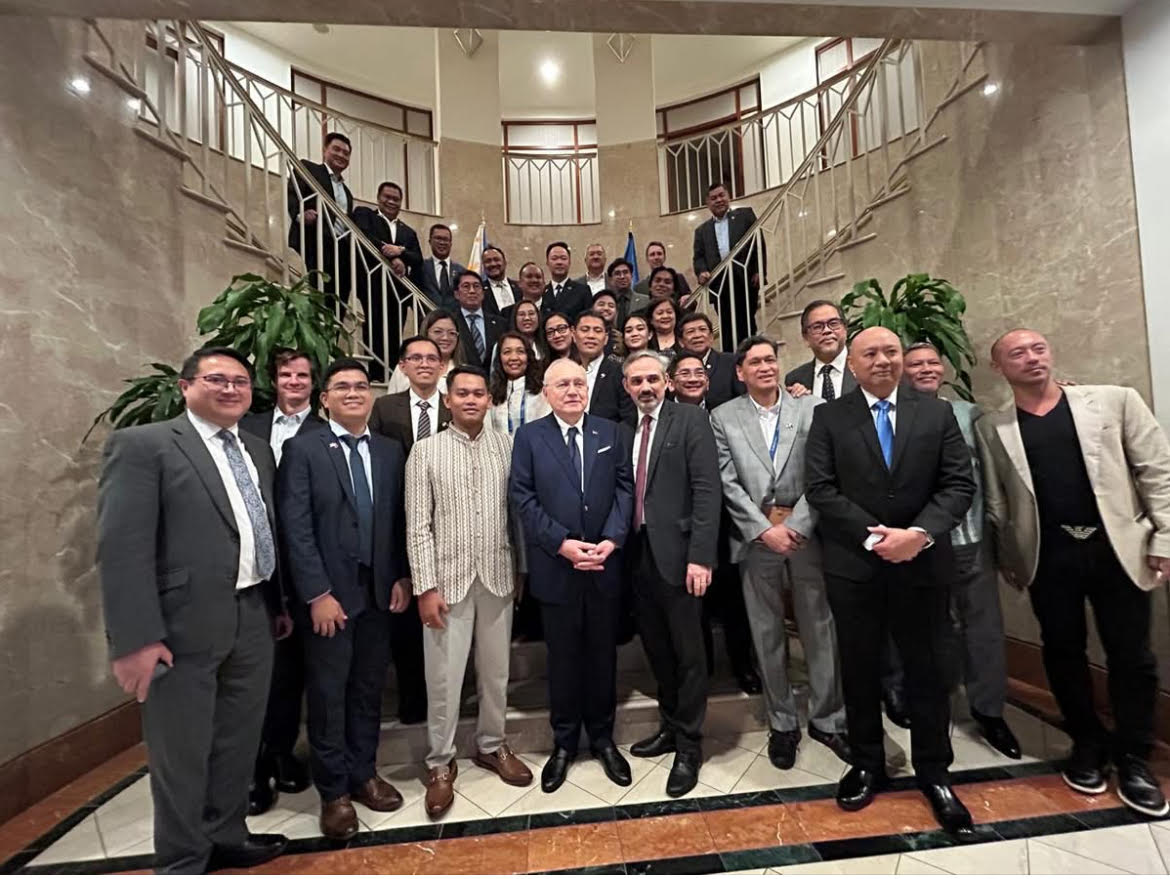THE American Opportunity Tax Credit AOTC and Lifetime Learning Credit can reduce your tax liability if you pay for college in 2016 even if you are studying outside of the U.S.
The PATH Act makes permanent the AOTC used to be known as Hope Credit. The AOTC has been increased up to $2,500 and phases out with modified adjusted gross income MAGI from $80,000 to $90,000 for single and from $160,000 to $180,000 for married filing jointly. The AOTC had been scheduled to expire after 2017.The objective remains the same: to aid you in paying for college and college-related expenses.
Here are some tips to help you benefit in 2016
• The AOC was increased to $2,500 from $1,800 under Hope Credit.
• This is a credit for each eligible student (per family for the Lifetime Learning Credit of $2,000).
• This expanded credit was made permanent by the PATH Act. It was scheduled to expire in 2017.
• It could be claimed for expenses paid for any of the first four years of post-secondary education towards a certificate program or degree.
• The expenses can be incurred for you, your spouse, or dependent.
• The credit is based on a cost percentage of qualified tuition and related expenses which has been expanded to cover required course materials, books, supplies and equipment. Credit does not apply to room and board, transportation costs, health fees, or insurance expenses.
• Such expenses will only qualify if paid to the eligible educational institution. Payments to the bookstore do not count.
• A tax credit will be received by the taxpayers based on 100% of the first $2,000 plus 25% of the next $2,000 of course materials, fees, and tuition paid during the taxable year with a $2,500 maximum amount.
• Forty per cent of the credit is refundable, so even those individuals who owe no tax can get up to $1,000 of the credit for each eligible student.
• Phases out when your modified adjusted gross income has reached $80,000 or $160,000 for those filing jointly. Phased out for individuals whose income is more than $90,000 and $180,000 for those filing jointly. TIP: If you cannot take the credit because of the phase-out rules, having your dependent student file his or her own return and claim the credit should be put into consideration. If the dependent does not have any income, consider employing your child or make gifts of appreciated stocks, and have the children sell these stocks and then pay their own tuition fees and related expenses.
• Credit can be claimed for the first four tax years.
• Credit can reduce the AMT.
• Your tax returns must have the taxpayer identification number of the person claiming the credit otherwise credit is not allowed.
• Taxpayers who are married must file a joint return to claim the credit.
• For you to be able to claim the credit, you must claim the student as your dependent.
• Should receive Form 1098 from the education institution the student attended. Expenses paid by the student are treated as paid by the parent.
• The student must pursue a course of study on at least a half-time basis. A student is disqualified if he or she has been convicted of felony or possession/distribution of a controlled substance.
• The credit is available in the taxable year the expenses are paid. Expenses paid for qualified tuition with the proceeds of a loan are eligible for the credit when the loan is procured, not when it is repaid.
• Courses must be taken at qualified educational institutions that offer credits toward bachelor’s degree, associate degree, vocational institutions or other distinguished post-secondary credentials.
• Use Form 8863 to claim Education Credits: American Opportunity, Hope, and Lifetime Learning Credits
In accordance with IRS Circular 230, this communication is not to be considered a “covered opinion” or other written tax advice and should not be relied upon for IRS audit, tax dispute, or any other purpose.
* * *
Sy Al-os Accountancy Corporation provides accounting and tax services to individuals, corporations, LLCs and business entities. The Firm has a niche in defending taxpayers audited by the IRS and other governmental agencies.






